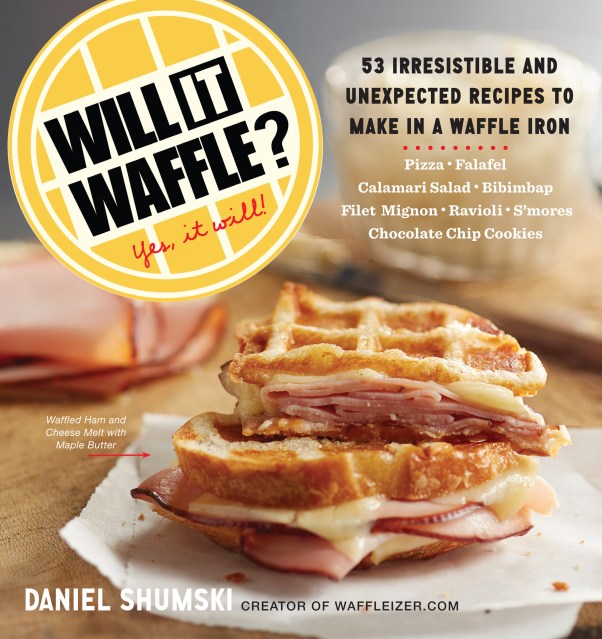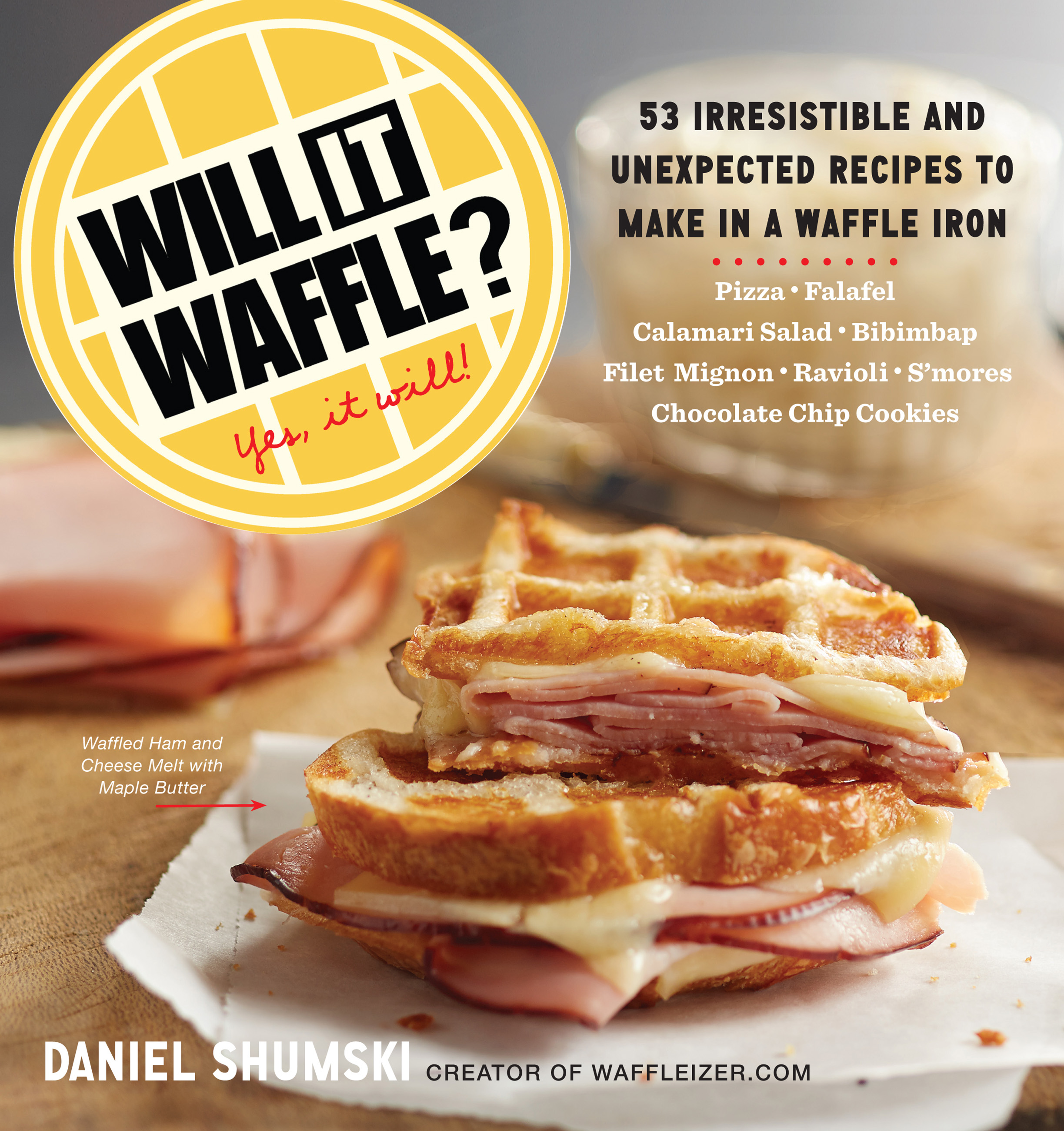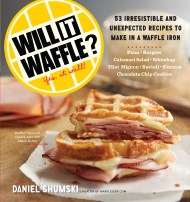Promotion
Use code MOM24 for 20% off site wide + free shipping over $45
Will It Waffle?
53 Irresistible and Unexpected Recipes to Make in a Waffle Iron
Contributors
Formats and Prices
Price
$11.99Price
$15.99 CADFormat
Format:
- ebook $11.99 $15.99 CAD
- Trade Paperback $16.99 $22.99 CAD
This item is a preorder. Your payment method will be charged immediately, and the product is expected to ship on or around August 25, 2014. This date is subject to change due to shipping delays beyond our control.
Also available from:
“This book is pure culinary fun!” —Gale Gand, pastry chef, author, restaurateur, and TV personality
Cooking food on your waffle iron is not just a novelty but an innovation that leads to a great end product, all while giving the cook the bonus pleasure of doing something cool, fun, and vaguely nerdy (or giving a reluctant eater―your child, say―a great reason to dig in).
Why waffle?
The Ease! Waffled Bacon and Eggs: First, waffle the bacon—fast, crisp, and no burnt edges—then the eggs, for lacy whites and perfect yolks (thanks, bacon fat).
The Melt! Waffled Macaroni and Cheese: Waffled leftover mac ‘n’ cheese is a decadent grilled cheese sandwich—golden, buttery exterior and soft, cheesy insides.
The Dimples! Spaghetti and Waffled Meatballs: That’s right—cook meatballs in a waffle iron and create dimples where the sauce can pool.
The Cool Factor! Waffled Oatmeal Chocolate Chip Cookies: Break out the waffle iron when it’s time for dessert, and make soft, gooey cookies with grid marks. No oven required.
“Dan Shumski’s genius lies in asking not what his waffler can do for him, but what he can stuff into his waffler, and following that question through to all of its delicious conclusions”
—J.Kenji Lopez-Alt (The Food Lab and seriouseats.com)
Genre:
-
“Dan Shumski’s genius lies in asking not what his waffler can do for him, but what he can stuff into his waffle, and following that question through to all of its delicious conclusions.”
—J. Kenji López-Alt, The Food Lab and seriouseats.com
“Whether curious, rebellious, or short on cooking equipment, readers who try recipes such as waffled chicken fingers and red velvet waffle ice cream sandwiches will delight in discovering whether or not they will waffle as promised…”
—Library Journal
“WILL IT WAFFLE? Spoiler alert: It will. Cooking everything in a waffle iron turns out to be fun.”
—The New York Times
“A book about the only food that matters.”
—Buzzfeed
“Break out the waffle iron!”
—People Magazine
"Will It Waffle? Why didn't you tell me about this . . . sooner?"
—Deb Perelman, smittenkitchen.com
“Pair this book with that waffle iron you never use and some lazy mornings or afternoons for some simple fun in the kitchen.”
—KCRW Good Food -
“Dan Shumski’s genius lies in asking not what his waffler can do for him, but what he can stuff into his waffle, and following that question through to all of its delicious conclusions.”J. Kenji López-Alt, The Food Lab and seriouseats.com
–J. Kenji López-Alt, The Food Lab and seriouseats.com -
“Whether curious, rebellious, or short on cooking equipment, readers who try recipes such as waffled chicken fingers and red velvet waffle ice cream sandwiches will delight in discovering whether or not they will waffle as promised…”Library Journal
--Library Journal
- On Sale
- Aug 25, 2014
- Page Count
- 224 pages
- Publisher
- Workman Publishing Company
- ISBN-13
- 9780761183181
Newsletter Signup
By clicking ‘Sign Up,’ I acknowledge that I have read and agree to Hachette Book Group’s Privacy Policy and Terms of Use









